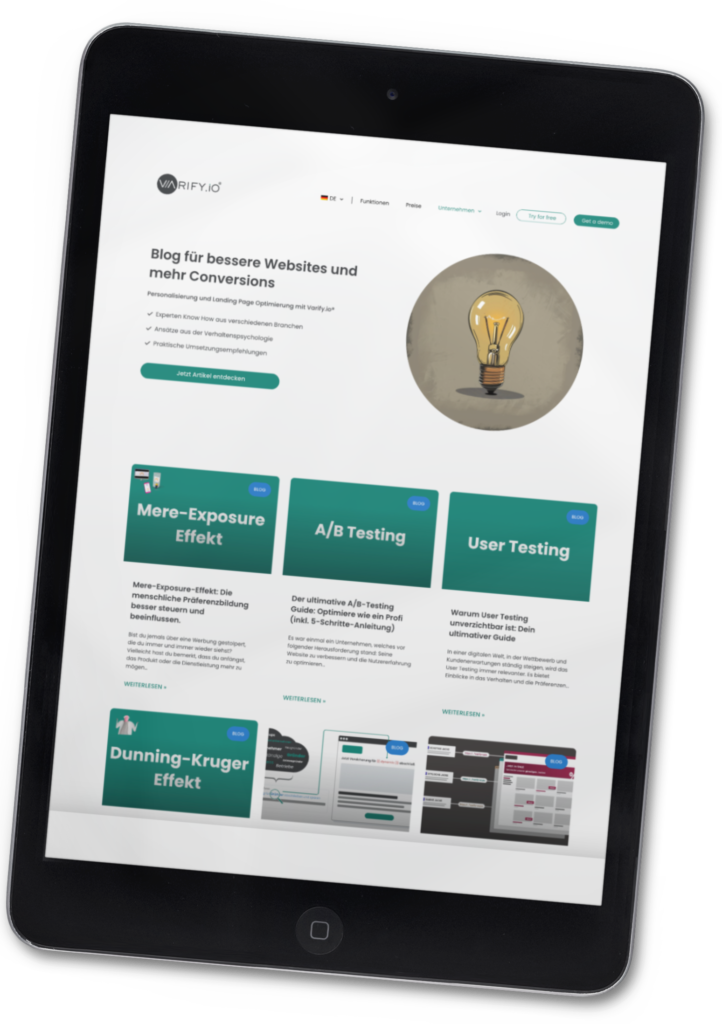The digital marketing landscape is constantly changing. To be successful, marketers need to continuously rethink and adapt their strategies. Multivariate testing is a powerful tool to do just that.
They help to provide the best user experience and maximize conversion rates. But what exactly is behind this term and how do you use it correctly?
What are multivariate tests?
Imagine you want to find out which combination of website elements - say, headline, image, and call-to-action button - delivers the highest conversion rate. Multivariate testing is all about that: testing multiple variables simultaneously to identify the most effective combination.
Instead of changing just one aspect of your website (as with A/B tests), you change several and see which blend works best.
Difference to pure A/B testing:
While A/B testing focuses on comparing two versions by changing only one variable, multivariate testing extends this method by testing multiple changes simultaneously.
It's like you're putting together a puzzle, with each piece being a different variable. It allows you to understand the interactions between different elements, not just the effect of each individual change.
How do multivariate tests work
Imagine you run an online store for sportswear. You want to test the color of your call-to-action button, the headline and the main image on your landing page. With multivariate testing, you can test all possible combinations of these three elements, not just one at a time.
For example, if you have three different headlines, two images, and two button colors, you would test a total of 12 different versions of your landing page (3 headlines x 2 images x 2 button colors = 12 versions). This will give you a comprehensive view of which combination converts best.
Advantages and disadvantages of multivariate tests
Multivariate tests offer a wealth of benefits. They make it possible to identify synergies between different website elements, save time compared to multiple sequential A/B tests, and provide detailed insights into user behavior. But they also have their pitfalls. High traffic requirements, more complex analysis, and the risk of paralysis by analysis are some of the challenges.
A big advantage is that multivariate testing makes it possible to understand the interactions between different elements. For example, a red "buy" button may not work well on its own, but in combination with a certain background image, the conversion rate may skyrocket.
On the other hand, multivariate tests require significantly more traffic compared to A/B tests. Since many different combinations are tested, a larger sample is needed to achieve statistically significant results. This may mean that such tests are less suitable for smaller websites or those with low traffic.
Technical requirements for multivariate tests
Multivariate testing requires specialized tools and platforms. These tools allow you to create different versions of your site and distribute traffic accordingly.
It is also important that you have enough traffic on your website to get significant results. Therefore, it is crucial that you understand the technical aspects and requirements for such tests before you get started.
Conclusion
Multivariate testing is a powerful tool in your digital marketing arsenal. They provide deeper insights into your visitors' behavior and can help you create the best possible version of your website or app.
But as with any tool, it's important to use it correctly and understand the pros and cons. With the right preparation and understanding of the underlying principles, you can use multivariate testing to your advantage and increase your conversion rates and ROI.
